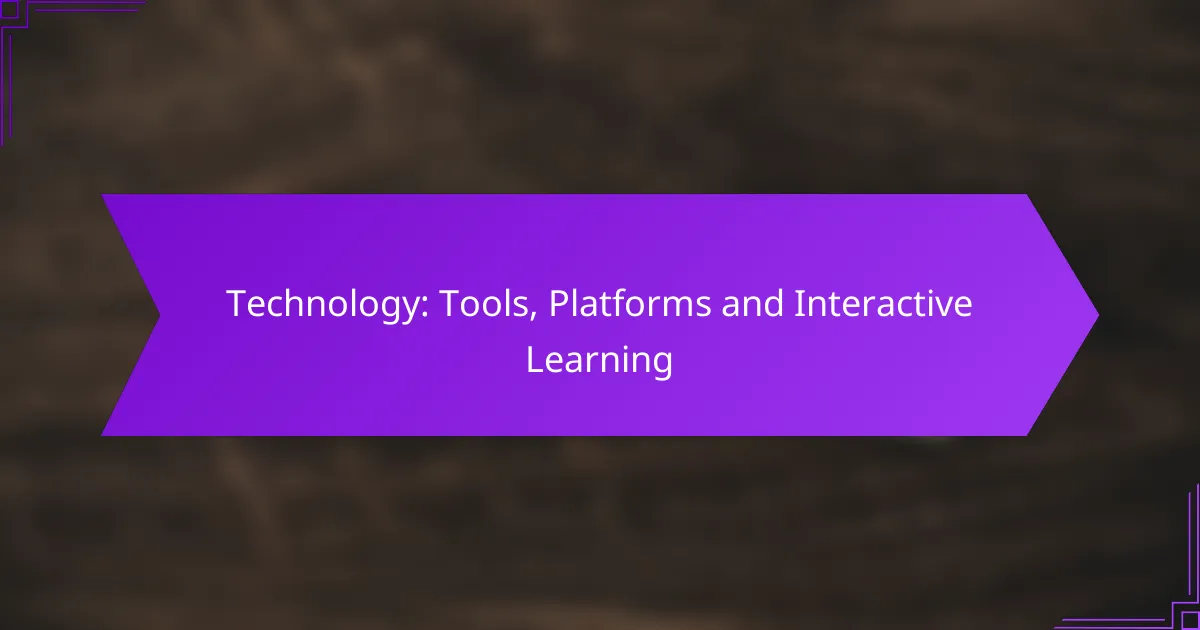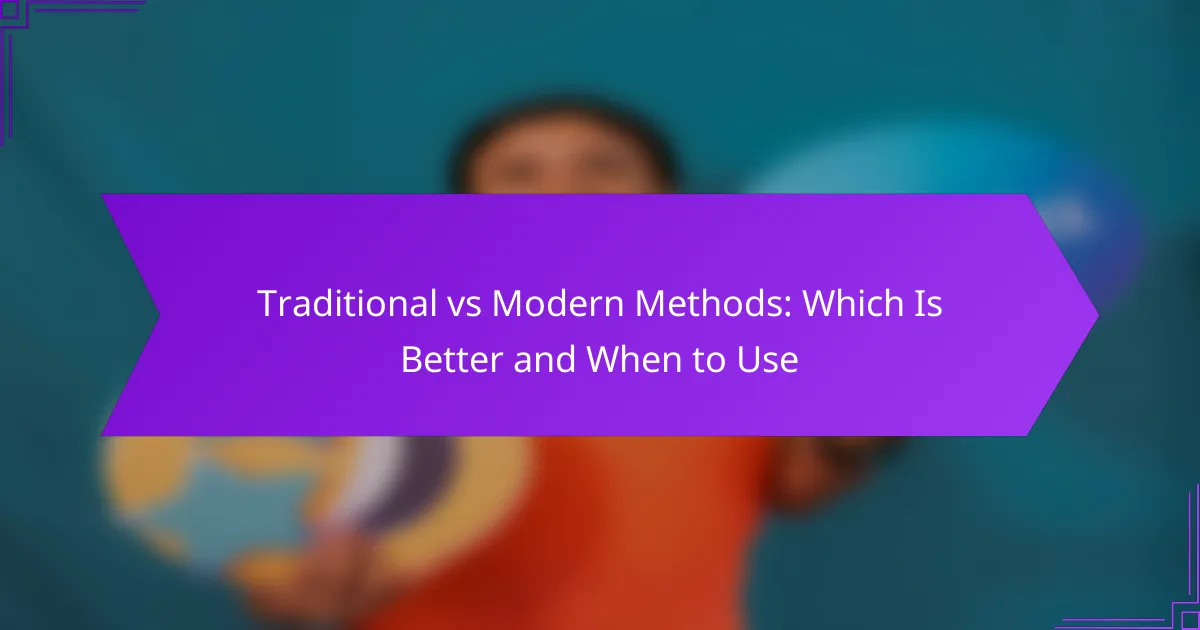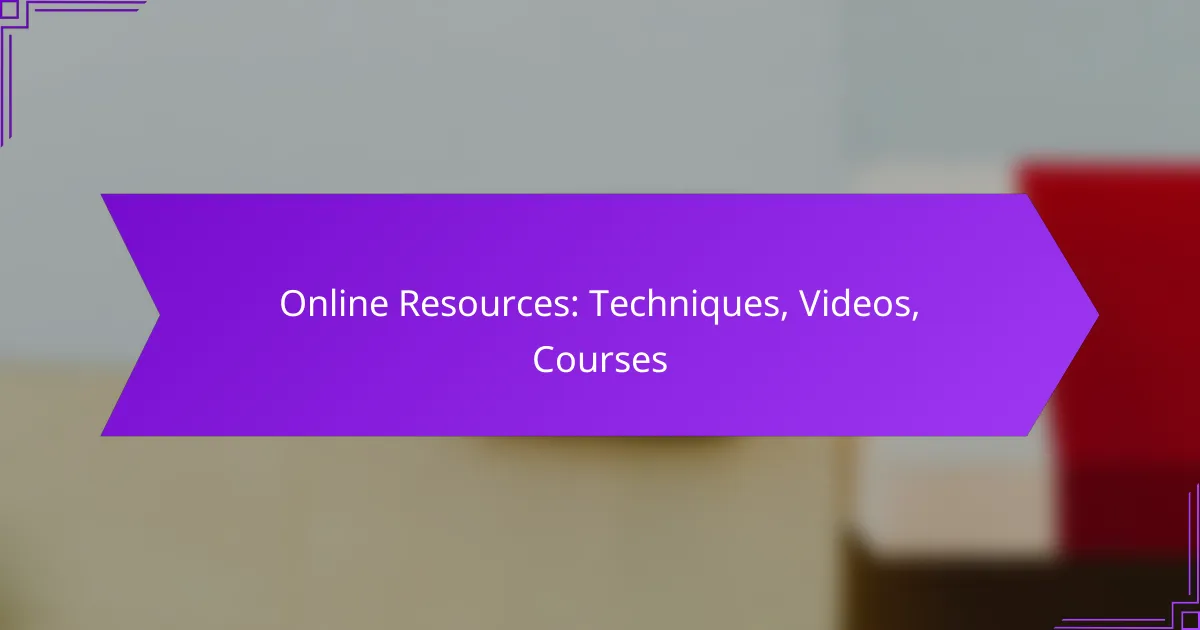In today’s educational landscape, technology tools play a crucial role in fostering interactive learning experiences. By enhancing engagement and collaboration, these platforms utilize features like gamification and real-time feedback to create dynamic environments tailored to individual learning needs. With various pricing models available, educators can choose solutions that best fit their budgets and objectives.
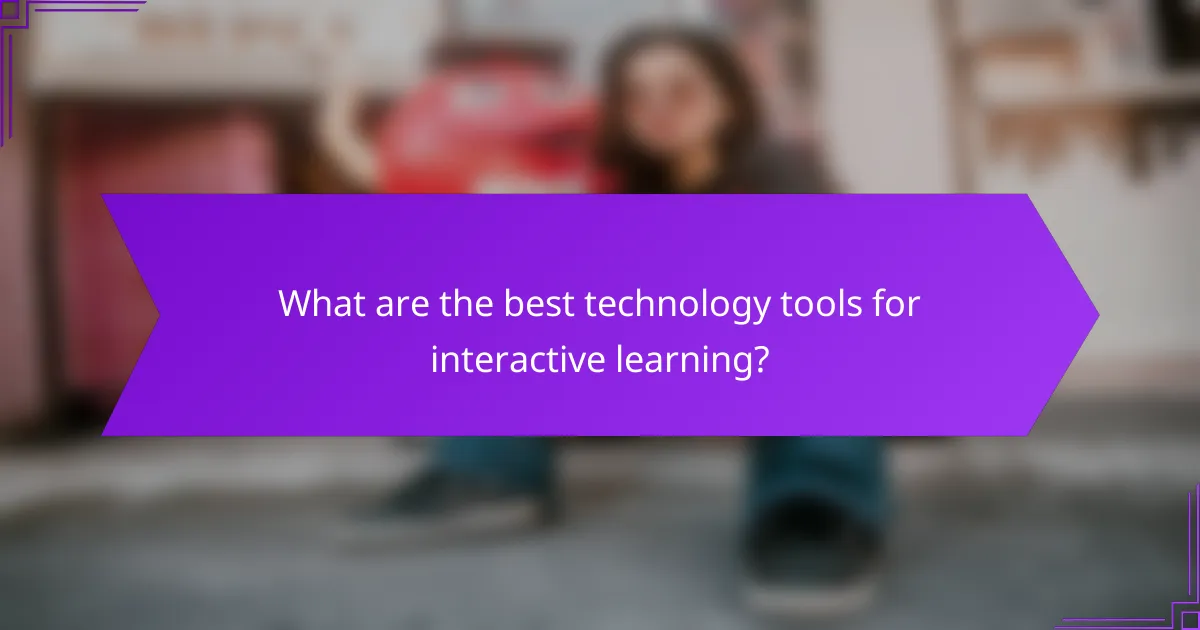
What are the best technology tools for interactive learning?
The best technology tools for interactive learning enhance engagement and facilitate collaboration among students and educators. These tools often incorporate gamification, real-time feedback, and collaborative features to create dynamic learning environments.
Kahoot! for gamified quizzes
Kahoot! is a popular platform that allows educators to create engaging quizzes and games to reinforce learning. Users can participate in real-time, answering questions on their devices, which fosters a competitive yet fun atmosphere.
To maximize its effectiveness, consider using Kahoot! for formative assessments or as a review tool. Keep quizzes short and focused to maintain student interest and ensure clarity in questions.
Moodle for course management
Moodle is an open-source learning management system (LMS) that provides a comprehensive platform for course management. It allows educators to create and organize courses, track student progress, and facilitate communication through forums and messaging.
When using Moodle, ensure that course materials are well-structured and accessible. Utilize its features like quizzes, assignments, and grading tools to streamline the learning process and provide timely feedback to students.
Zoom for virtual classrooms
Zoom is widely used for virtual classrooms, offering video conferencing capabilities that support live instruction and interaction. It allows educators to share screens, conduct breakout sessions, and record lessons for later review.
To optimize your Zoom sessions, establish clear guidelines for participation and engagement. Use interactive features like polls and reactions to maintain student involvement and consider scheduling regular check-ins to address questions and concerns.
Google Classroom for collaboration
Google Classroom is a versatile platform that facilitates collaboration between teachers and students. It integrates seamlessly with other Google tools, allowing for easy sharing of assignments, resources, and feedback.
To effectively use Google Classroom, create a structured workflow for assignments and ensure that students are familiar with the platform. Encourage collaboration through group projects and discussions to enhance peer learning and engagement.
Nearpod for interactive lessons
Nearpod is an interactive learning tool that allows educators to create immersive lessons with multimedia content and real-time assessments. It supports various formats, including quizzes, polls, and virtual reality experiences, making lessons more engaging.
When using Nearpod, focus on incorporating diverse content types to cater to different learning styles. Utilize its reporting features to analyze student performance and adjust your teaching strategies accordingly for better outcomes.
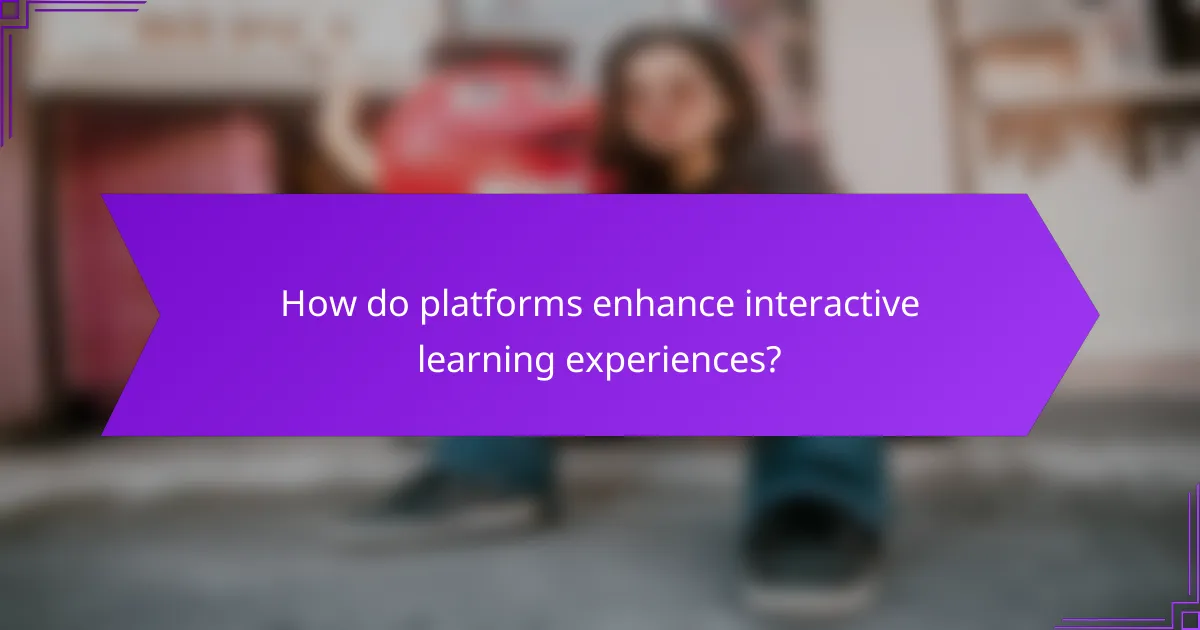
How do platforms enhance interactive learning experiences?
Platforms enhance interactive learning experiences by providing tools that facilitate engagement, feedback, and personalization. These features help learners absorb information more effectively and adapt their learning journeys based on individual needs.
Real-time feedback mechanisms
Real-time feedback mechanisms allow learners to receive immediate responses to their actions, which can significantly enhance understanding and retention. For example, platforms may use quizzes or interactive exercises that provide instant scoring and explanations, helping learners identify areas for improvement right away.
To maximize the benefits of real-time feedback, ensure that the feedback is constructive and specific. Avoid vague comments; instead, focus on what learners did well and what they can do to improve. This approach fosters a growth mindset and encourages continuous learning.
Engagement through multimedia content
Engagement through multimedia content involves using videos, animations, and interactive simulations to make learning more dynamic and appealing. Platforms that incorporate diverse media types can cater to different learning styles, making it easier for users to grasp complex concepts.
When designing multimedia content, consider balancing visual and auditory elements to maintain learner interest. For instance, a short video followed by an interactive quiz can reinforce the material and keep learners engaged. Aim for a mix that keeps the content fresh and stimulating.
Adaptive learning paths
Adaptive learning paths tailor the educational experience to individual learner needs, adjusting the difficulty and type of content based on performance. This personalization helps ensure that learners are neither bored with material that is too easy nor overwhelmed by content that is too challenging.
To implement adaptive learning effectively, use analytics to track learner progress and preferences. Platforms can leverage this data to suggest appropriate resources or adjust the curriculum dynamically. This approach not only enhances engagement but also improves overall learning outcomes.

What are the pricing models for interactive learning tools?
Interactive learning tools typically employ various pricing models to cater to different user needs and budgets. The most common models include subscription-based pricing, freemium options, and one-time purchase plans, each offering unique advantages and considerations.
Subscription-based pricing
Subscription-based pricing involves users paying a recurring fee, usually monthly or annually, to access interactive learning tools. This model often includes regular updates, new content, and customer support, making it appealing for long-term users.
When considering subscription plans, look for features like tiered pricing, which can offer varying levels of access based on the fee. For instance, a basic plan might start around $10 to $30 per month, while premium plans could range from $50 to $100 or more, depending on the features included.
Freemium models
Freemium models allow users to access basic features of interactive learning tools for free, with the option to upgrade to a paid version for additional functionalities. This approach can attract a larger user base, as individuals can try the product before committing financially.
However, users should be aware of potential limitations in the free version, such as restricted content or ads. Upgrading to a premium version typically costs between $5 and $50 per month, depending on the tool’s capabilities.
One-time purchase options
One-time purchase options require users to pay a single fee to gain lifetime access to the interactive learning tool. This model can be advantageous for those who prefer not to deal with recurring payments.
Prices for one-time purchases can vary widely, often ranging from $20 to several hundred dollars based on the tool’s complexity and features. While this model eliminates ongoing costs, users may miss out on updates or new content unless additional fees are paid later.
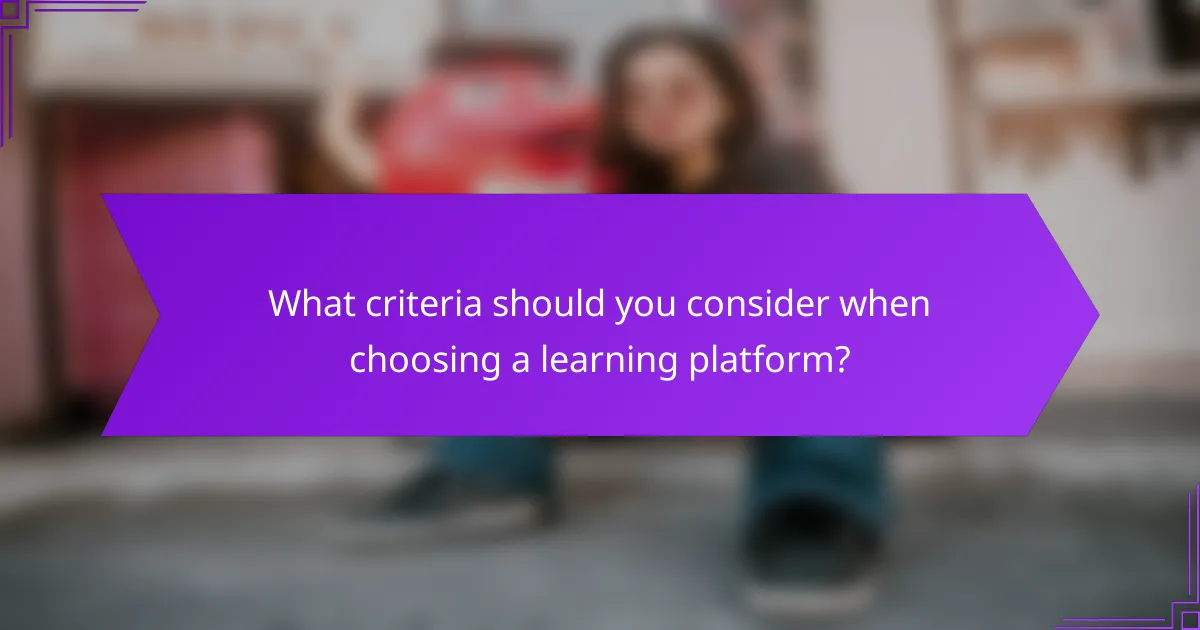
What criteria should you consider when choosing a learning platform?
When selecting a learning platform, consider factors such as user interface, integration capabilities, and available support resources. These elements significantly impact the effectiveness and ease of use of the platform for both learners and educators.
User interface and experience
The user interface (UI) and overall experience are crucial for engagement and usability. A clean, intuitive design allows users to navigate easily, which is essential for maintaining interest and facilitating learning. Look for platforms that offer customizable dashboards and responsive design for various devices.
Consider testing the platform with a demo or trial version to evaluate its usability. Key features to assess include ease of access to course materials, clarity of navigation menus, and the overall aesthetic appeal. A positive user experience can enhance learning outcomes significantly.
Integration capabilities with existing systems
Integration capabilities determine how well the learning platform can work with your current systems, such as Learning Management Systems (LMS), student information systems, and other educational tools. A platform that supports common standards like LTI (Learning Tools Interoperability) can streamline this process.
Check if the platform can easily connect with tools you already use, such as Google Workspace or Microsoft Teams. This compatibility can save time and reduce the need for duplicated efforts, making the learning experience smoother for both instructors and students.
Support and training resources
Robust support and training resources are essential for maximizing the effectiveness of a learning platform. Look for platforms that offer comprehensive onboarding, tutorials, and ongoing technical support. Access to a knowledge base or community forums can also be beneficial for troubleshooting and sharing best practices.
Evaluate the availability of live support options, such as chat or phone assistance, especially during peak usage times. A platform that provides regular updates and training sessions can help users stay informed about new features and best practices, enhancing the overall learning experience.

What are the benefits of using technology in education?
Technology in education enhances learning experiences by making them more accessible, engaging, and data-informed. It supports diverse learning styles and provides educators with valuable insights to improve teaching methods.
Increased accessibility for diverse learners
Technology breaks down barriers for learners with different needs, allowing for personalized education. Tools like screen readers, speech-to-text software, and adaptive learning platforms cater to students with disabilities, ensuring they receive the same quality of education as their peers.
Additionally, online resources and courses enable access to education for those in remote areas or with limited mobility. This flexibility allows learners to study at their own pace and on their own schedule, which can significantly enhance their educational outcomes.
Enhanced engagement through interactive content
Interactive content, such as quizzes, simulations, and gamified learning experiences, keeps students engaged and motivated. These tools encourage active participation, making learning more enjoyable and effective.
For example, platforms that incorporate virtual reality can immerse students in historical events or scientific phenomena, providing a deeper understanding of the subject matter. This hands-on approach often leads to better retention of information and a more enthusiastic attitude towards learning.
Data-driven insights for educators
Technology provides educators with data analytics tools that track student performance and engagement. By analyzing this data, teachers can identify areas where students struggle and adjust their teaching strategies accordingly.
For instance, learning management systems often include dashboards that display student progress, allowing educators to intervene early when a student is falling behind. This proactive approach can lead to improved academic outcomes and a more tailored educational experience for each learner.
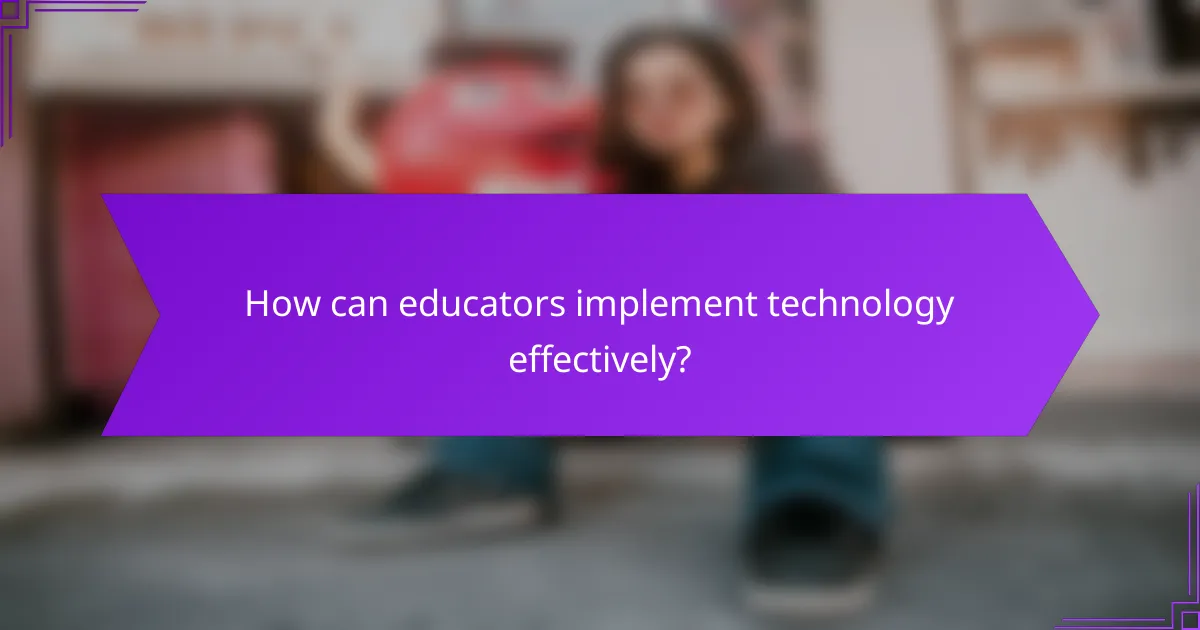
How can educators implement technology effectively?
Educators can implement technology effectively by integrating digital tools into their teaching methods while ensuring that both teachers and students are adequately trained. This involves selecting appropriate platforms, providing ongoing support, and fostering an environment that encourages experimentation and feedback.
Training sessions for teachers
Training sessions for teachers are essential for successful technology integration in the classroom. These sessions should focus on familiarizing educators with the tools available, demonstrating their applications, and addressing any concerns or challenges they may face in using them.
Consider organizing workshops that cover various aspects of technology use, such as classroom management software, interactive learning platforms, and assessment tools. Sessions can range from one-time introductory workshops to ongoing professional development programs, depending on the needs of the educators.
To maximize the effectiveness of training, ensure that sessions are hands-on and interactive. Encourage teachers to share their experiences and strategies, and provide opportunities for them to practice using the technology in a supportive environment. This collaborative approach can help build confidence and competence among educators.
